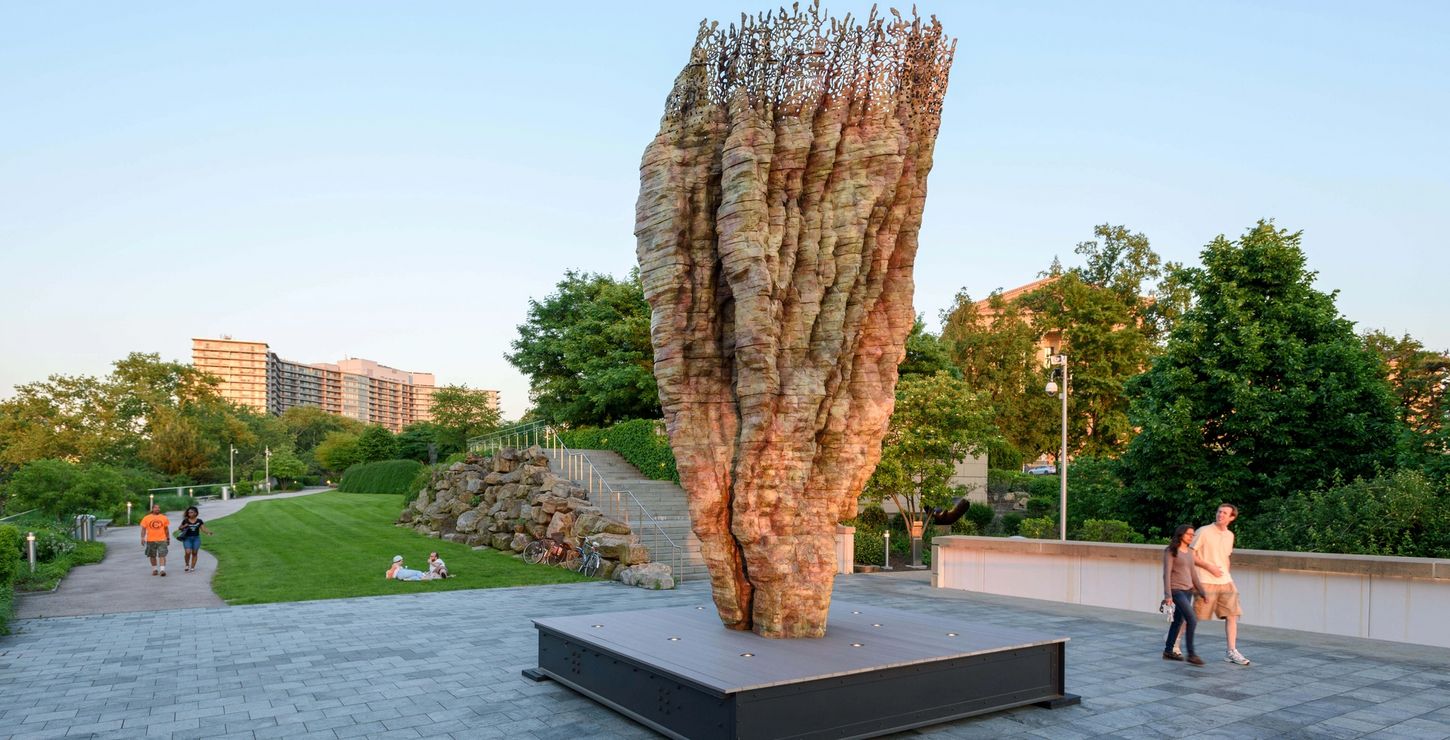Anne d’Harnoncourt Sculpture Garden
Main Building

Photo by Tim Tiebout. © Philadelphia Museum of Art.
Due to inclement weather, this program was rescheduled.
Find your inner calm with a slow, guided look at works in our collection.
Celebrate Slow Art Day by taking a mindful walk through our Sculpture Garden with mindfulness instructor Grady Bates. While most people look at a work of art for less than thirty seconds, Slow Art Day is a global event that asks, “what happens if you look for longer?“
Check out the variety of events offered by this program, for members and the public alike.